Even the bravest dogs have secret fears that turn them into trembling puddles of fur.
A slammed door, a flash of lightning, a suspiciously placed vacuum cleaner—sometimes it doesn’t take much to send your tough pup running for cover.
Fear isn’t just heartbreaking to witness. It can sneak into every corner of your dog’s life, stealing their confidence and turning simple moments into battles.
But here’s the good news: you have more power than you think to help them rise above those terrors. Let’s dive into what spooks our four-legged friends—and how you can help them find their courage again.
Loud Noises

Thunderstorms, fireworks, and even vacuum cleaners can turn a brave dog into a quivering mess. The sudden booms and bangs are overwhelming to a dog’s sensitive ears. Creating a safe, quiet space can help ease their anxiety. Some dogs benefit from calming aids like a Thundershirt or background music.
Gradual exposure to recorded sounds can desensitize them over time. An understanding owner who provides comfort can make a significant difference. A safe hug and soothing words might just be the remedy for those noisy nights. Dogs look to us for reassurance, so keeping calm is key.
Strangers
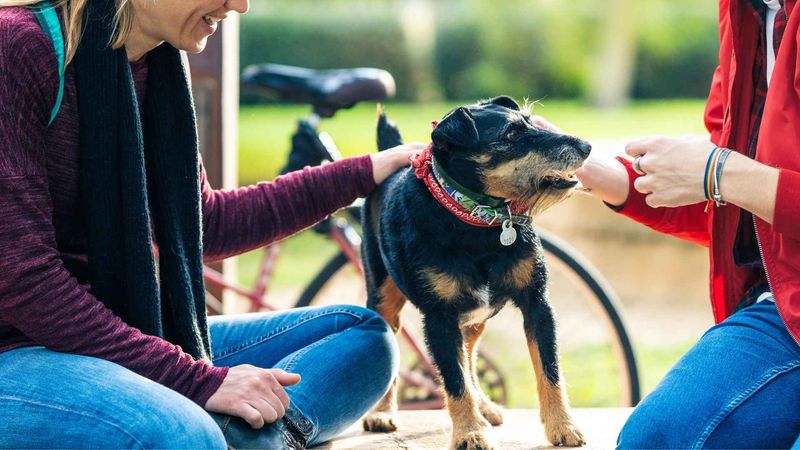
Meeting strangers can be daunting for some dogs. The unfamiliar scent, sight, and sound of a new person can trigger fear responses. Building confidence through positive reinforcement is essential. Encourage gentle introductions and reward calm behavior with treats or affection.
A gradual approach, where the stranger offers a treat, can foster trust. Avoid forcing interactions, as this can escalate anxiety. Instead, let the dog set the pace. With time and patience, even the most apprehensive pooch can learn to greet new faces with a wagging tail.
Being Alone
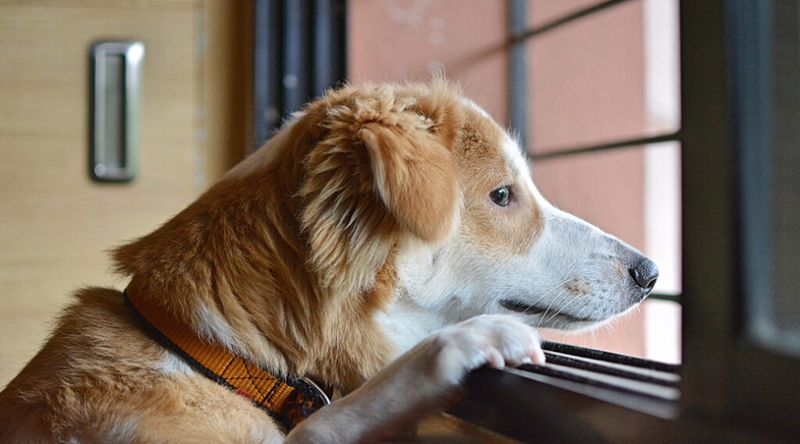
Separation anxiety is a common issue for many dogs. The fear of being left alone can lead to destructive behavior and stress. Training your dog to be alone starts with short absences and gradually increasing the time.
Interactive toys and puzzle feeders can keep them occupied in your absence. Additionally, a consistent routine reassures them that you’ll return. Sometimes, recording your voice can provide comfort. Remember, patience is crucial. Helping a dog feel secure when alone is a gradual process that requires understanding and love.
Other Dogs

Not all dogs are social butterflies. Some may feel threatened by their canine counterparts. Proper socialization from a young age is vital, but even adult dogs can learn to be more comfortable.
Controlled environments like playdates with familiar dogs can build confidence. Observing body language helps recognize when a dog needs space. Rewarding calm interactions encourages positive behavior. By respecting their boundaries, we foster a sense of security, allowing them to enjoy the company of others.
Vet Visits
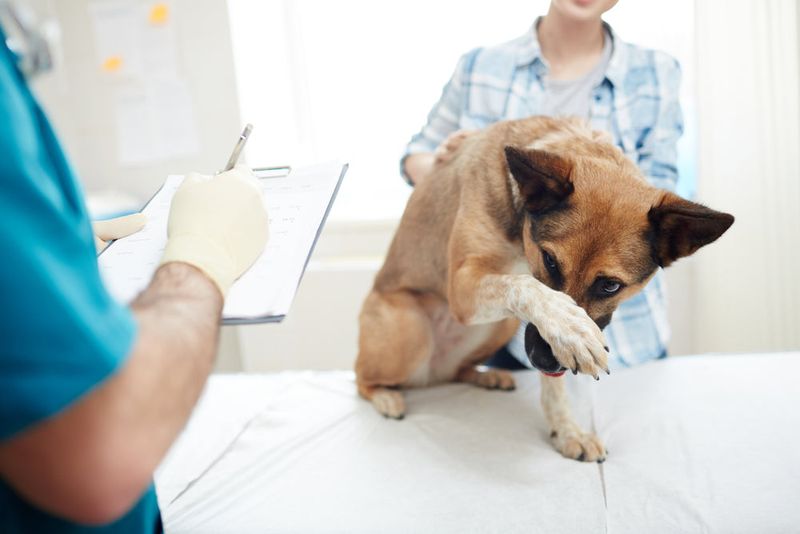
The unfamiliar smells and sounds of a vet clinic can be intimidating. Building positive associations through treats and praise can ease their apprehension. Visiting the clinic for non-medical reasons helps them acclimate.
Practice handling exercises at home, like touching paws or checking ears, to reduce anxiety. A calm and collected owner provides reassurance. By approaching vet visits as a positive experience, we can reduce stress and make it a less daunting task. After all, prevention is better than cure!
Car Rides
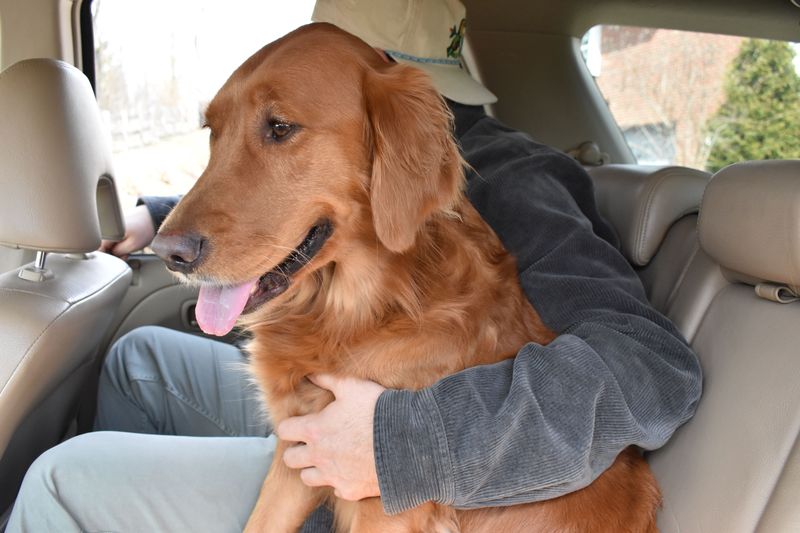
For some dogs, car rides are a source of distress. Motion sickness or past negative experiences might be to blame. Introducing short, pleasant rides can change their perception. Gradually increase the ride duration, associating it with fun destinations, like a park.
Comfort items, like a favorite blanket, can make the ride feel familiar. Secure them properly to prevent sudden movements. Dogs need to feel safe and stable during travel to enjoy the journey. With time, car rides can transform from scary to exciting adventures.
Stairs
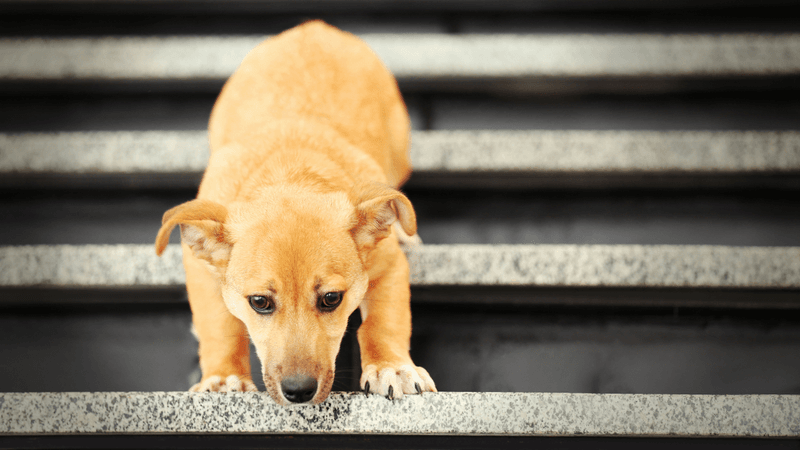
Stairs can be intimidating for dogs, especially those with small stature or mobility issues. The height and depth can appear daunting. Building confidence through gradual exposure helps. Start with a few steps at a time, using treats as motivation.
Be patient and give lots of encouragement. Some dogs benefit from using ramps or carpeted steps to prevent slipping. With practice, stairs become less of a challenge and more of an everyday triumph. Helping a dog overcome this fear requires kindness and persistence.
Bicycles
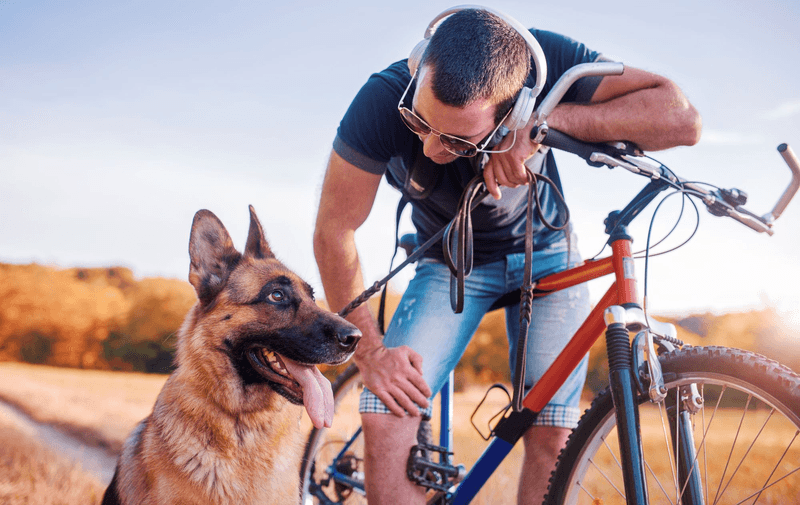
The swift movement and unfamiliar shape of bicycles can startle dogs. Training them to remain calm starts with desensitization. Watching bikes from a distance helps them get used to the motion.
As they grow more comfortable, decrease the distance. Rewarding calm behavior reinforces positive reactions. It’s important to progress at the dog’s pace, ensuring they feel secure. Over time, what once was a frightening encounter can become a non-event. Patience and consistency are crucial in transforming fear into confidence.
Children
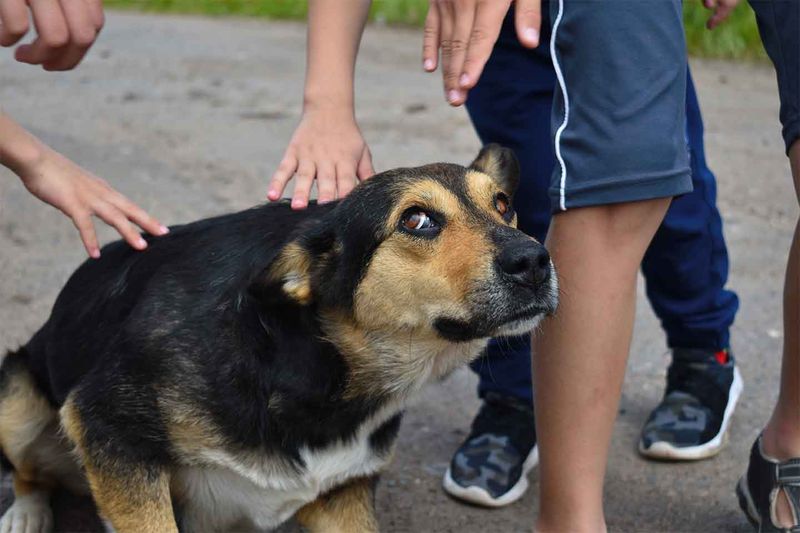
Children’s unpredictable actions can be alarming to dogs. Teaching kids to approach dogs calmly and gently is essential for a harmonious relationship. Positive experiences with children lead to comfort and trust.
Supervised interactions and rewarding calm behavior build positive associations. Training both the dog and children fosters understanding and respect. With guidance, dogs can become loving companions even to the youngest family members. Establishing boundaries and teaching empathy ensures a safe and joyful coexistence.
Umbrellas
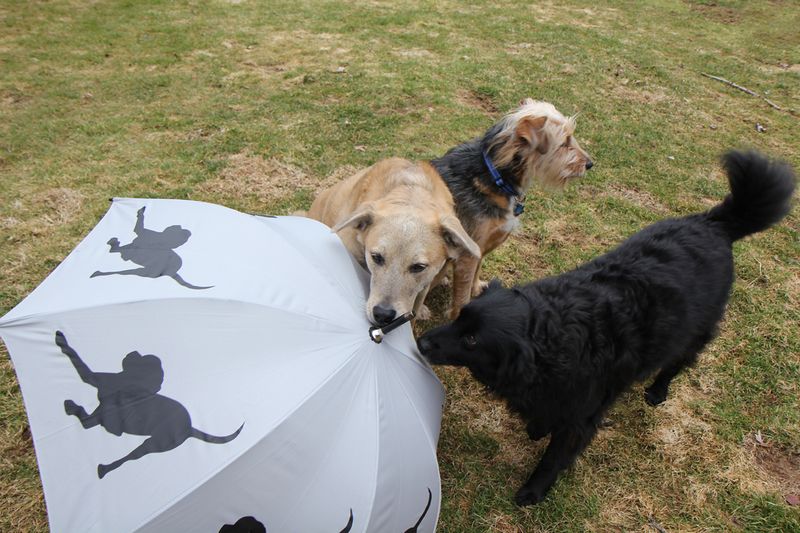
The sudden expansion and unfamiliar sight of an umbrella can spook a dog. Introducing umbrellas gradually helps them adjust. Start by opening umbrellas at a distance, rewarding calm reactions.
Slowly decrease the distance over time. Consistent exposure and positive reinforcement help demystify the object. Engaging the dog in play while using an open umbrella can create a playful association, turning fear into curiosity. With patience and encouragement, umbrellas can become just another part of the environment.
Positive Reinforcement Techniques
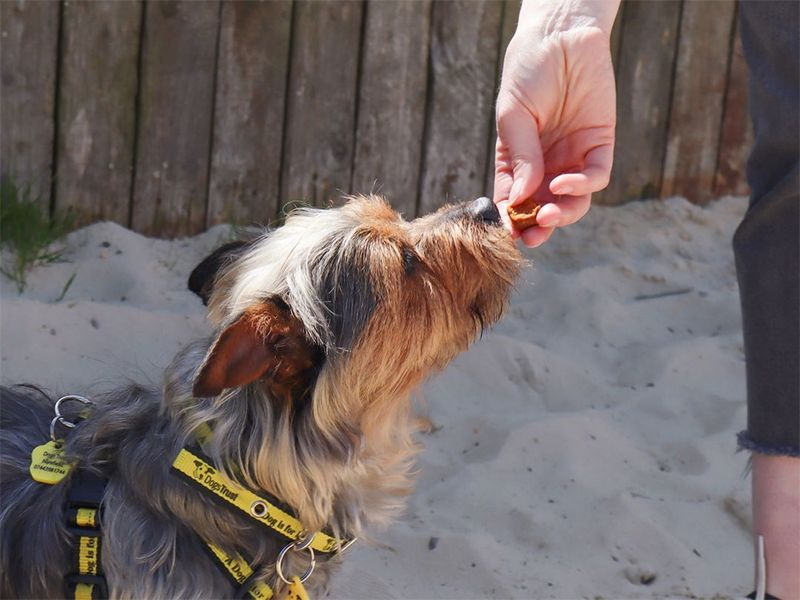
Positive reinforcement is a powerful tool for overcoming fear. It involves rewarding a dog for calm behavior, encouraging them to face their fears. Treats, praise, and toys are effective motivators.
Consistency is key. Over time, dogs begin associating previously scary situations with positive outcomes. This method builds trust between the owner and the dog, fostering a supportive environment. It’s essential to be patient and attentive, recognizing each small step as progress. With positive reinforcement, fears can slowly transform into conquered challenges.
Creating Safe Spaces
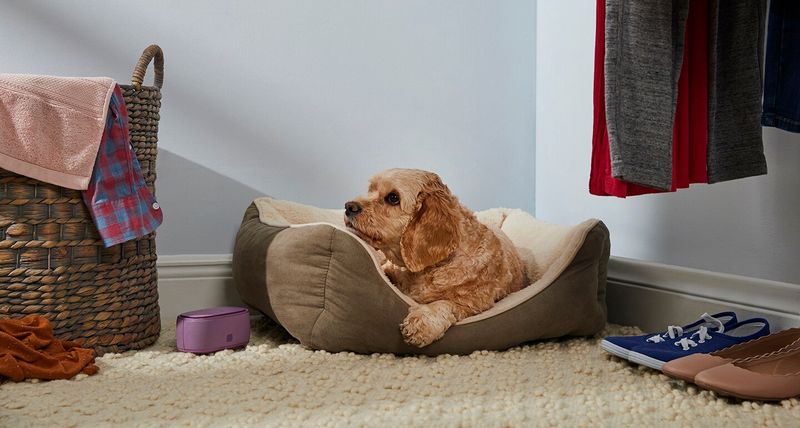
Every dog needs a sanctuary where they feel secure. Creating a safe space helps them retreat and decompress. A comfortable bed in a quiet area, free from loud noises or sudden movements, is ideal.
Incorporating familiar items, like favorite toys or blankets, enhances the sense of security. This space serves as a haven during stressful times, allowing the dog to relax and unwind. Encouraging its use through gentle guidance and treats establishes it as their personal refuge. A calm environment promotes peace and confidence.
Gradual Exposure
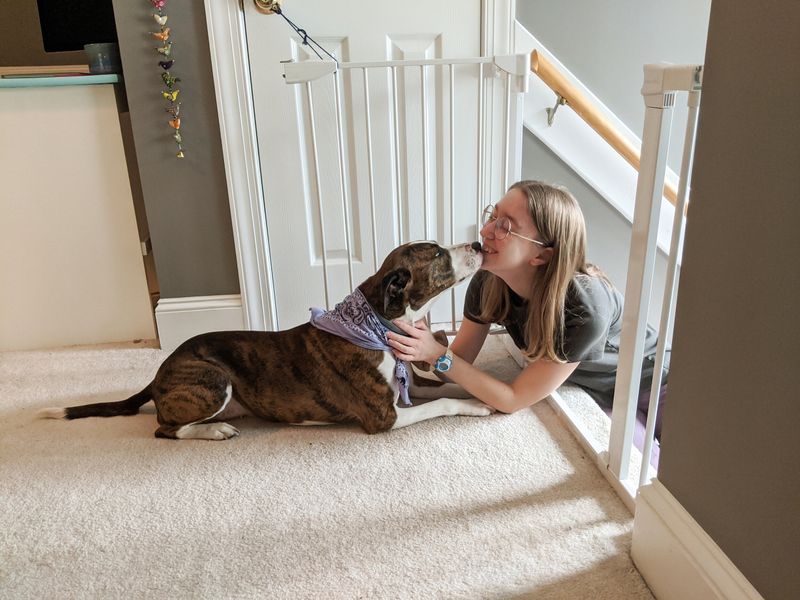
Gradual exposure is a gentle way to help dogs overcome fear. It involves slowly introducing them to the source of their anxiety, starting at a comfortable distance. Over time, the exposure is increased.
This method requires patience and sensitivity, allowing the dog to set the pace. Rewards and praise for calm responses encourage progress. By breaking down the fear into manageable steps, dogs build confidence and resilience. This approach fosters a trusting relationship, empowering dogs to face challenges bravely.
Routine Establishment
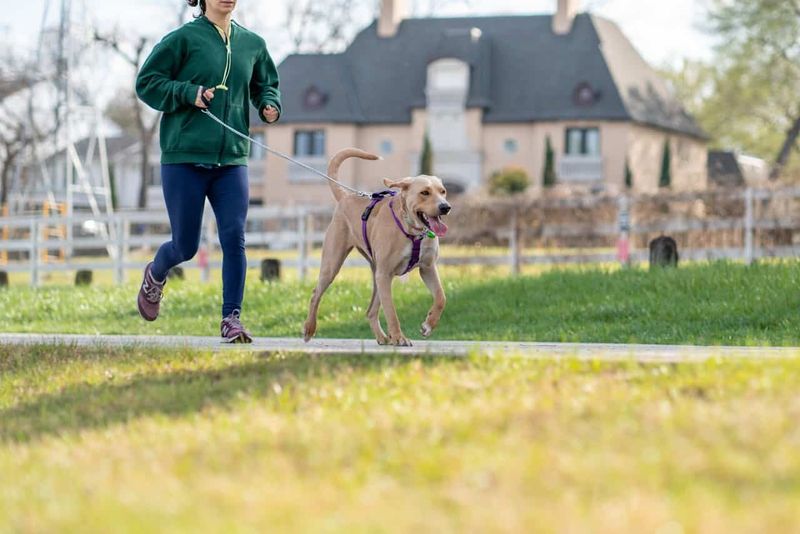
A well-established routine provides stability and comfort for dogs. Knowing what to expect reduces anxiety and creates a sense of security. Regular walks, feeding times, and play sessions contribute to a balanced lifestyle.
Consistency in daily activities reassures dogs, reinforcing the bond with their owner. This predictability helps them navigate changes with greater ease. By establishing a stable routine, we offer our canine companions a foundation of safety and trust. Routine is the backbone of a harmonious relationship.
Calming Aids
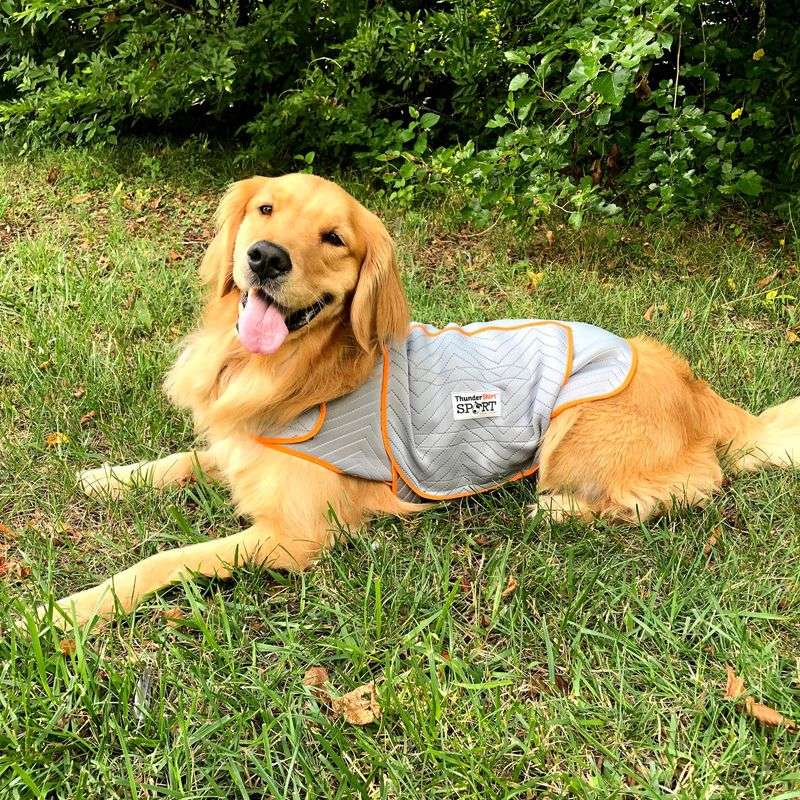
Calming aids like Thundershirts, pheromone diffusers, or calming collars provide comfort. These tools offer reassurance during stressful situations, like thunderstorms or vet visits.
The gentle pressure of a Thundershirt mimics a comforting hug, soothing anxious behavior. Pheromone diffusers create a calming environment through scent. Each dog is unique, so finding the right aid involves trial and error. These aids support a dog’s emotional well-being, enhancing their ability to cope. It’s about finding what works best for each individual dog.
Professional Training
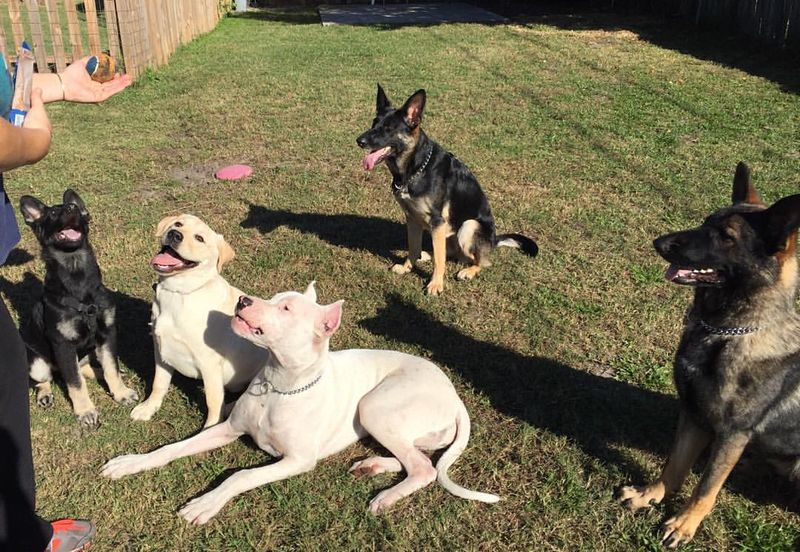
Sometimes professional help is necessary to address severe fears. Certified dog trainers bring experience and expertise to the table, offering tailored solutions for each dog.
They employ various techniques to change a dog’s response to fear-inducing stimuli. Professional guidance ensures a safe and effective process, fostering a supportive environment for growth. With the right trainer, dogs can overcome even the most challenging fears. It’s an investment in their happiness and well-being, leading to a more confident and content companion.
Socialization Classes
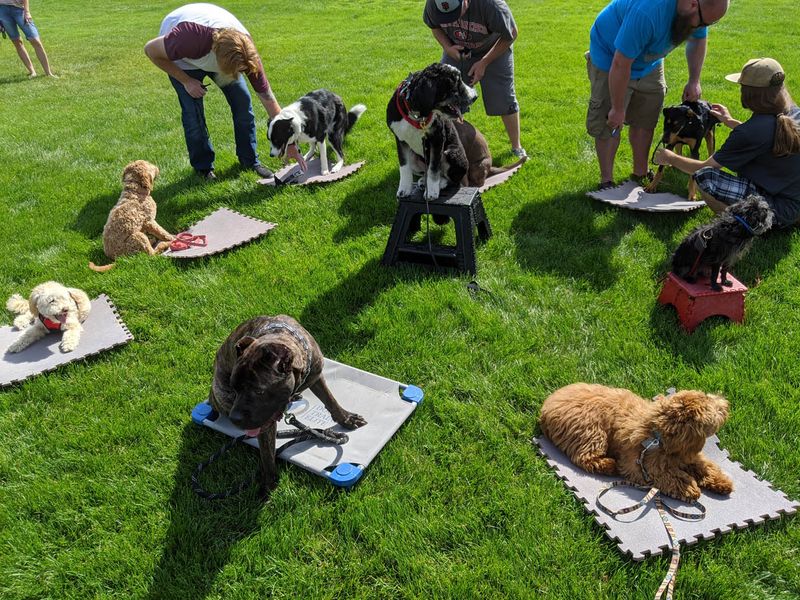
Socialization classes offer a structured environment for dogs to interact positively with others. These classes are crucial for building social skills and reducing fear of unfamiliar dogs or people.
Under the guidance of a skilled instructor, dogs learn to navigate social situations with confidence. Classes include games and activities that encourage interaction and cooperation. The supportive atmosphere fosters growth, helping dogs build resilience and adaptability. Socialization is a key component in raising a well-rounded, fearless dog.
Owner’s Patience and Understanding
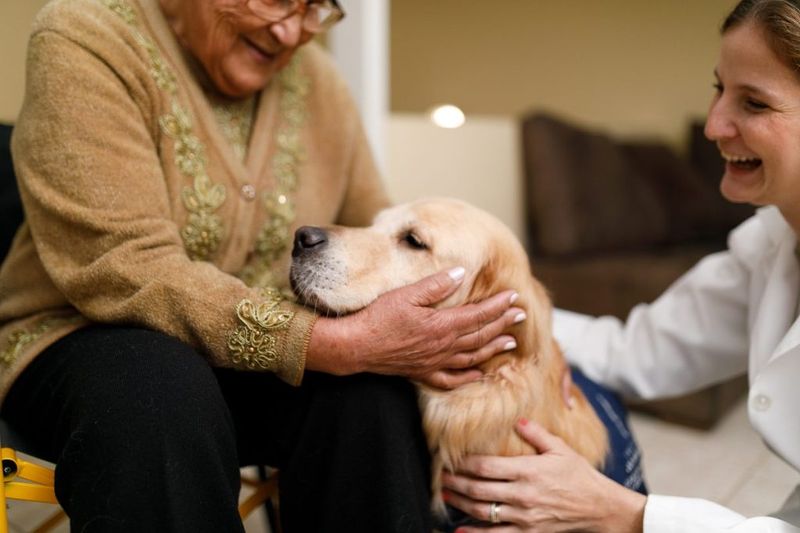
An owner’s patience and understanding are priceless in helping a dog overcome fear. Recognizing that each dog is unique allows for tailored approaches to their individual challenges.
Building trust requires empathy and consistency. Providing a calm presence reassures dogs during stressful moments. Celebrating small victories encourages continued progress. With time and dedication, even the most anxious dogs can learn to navigate the world with confidence. An owner’s love is the foundation of a fearless dog.

